
We know what we are doing. Do we?...
Hello, hello!
Weeks at VIA are passing by fast and sooner than expected it was time for our second lab work. And don't You misread this, we actually enjoy our laboratory works, because it's a bit out of "regular school work" there for we get a warm feeling inside that what we are doing is something important ( 95% of the time we get the thoughts in our mind:"What? Why? Ouuuu,ouuuu, girls, I think I did something... Well, I think this is to smart for me, just gonna smile and shake my head like if I understood everything. No one will notice. Hopefully... " ). Okey, a bit to much information, at this point. You probably are more wondering what we did this time.
The task was to examine and test the fabric we have chosen for making skirt, and also to make a care label for everyone who gets his hands on it, would then know what do to with the peace of clothing, without making it 3 sizes smaller or a chameleon that changes color each time we have washed it.
So what do we know about this fabric?
After literally letting it on fire, smelling it, touching it and even licking (yes, yes, we did lick it), we realised that it's 100% wool and the fabric it self is called Tartan.
*This is the part You see a bit boring yet still interesting video*
And now lets educate. Yeeey!
Skirts has been worn by men and women from many cultures in many years. In the western world, skirts are more commonly worn by women.But there are exeptions such as the symbolic national dress of Scotland;tartan, which is a pattern consisting of criss-crossed horizontal and vertical bands in multiple colours.
Tartan is cotton or wool colour woven fabrics, usually in 2/2 twill, with block checks in dark colours and large overcheck in light colours. Based on traditional Scottish designs for jackets, skirts, shirts and dresses. Made with alternating bands of colored (pre-dyed) threads woven as both warp and weft at right angles to each other. The weft is woven in a simple twill, two over—two under the warp, advancing one thread at each pass. This forms visible diagonal lines where different colours cross, which give the appearance of new colours blended from the original ones.
Amazingly,its origin goes back centuries, to pre-Roman times, but the one we know today is not thought to have existed in Scotland before the 16th century. It has a long and adventurous history with highlanders,different clans and the Royal Family.
Since then,tartan became a trend,which come backs time to time. Today tartan is no longer limited to textiles, but is used on non-woven mediums, such as paper, plastics, packaging, and wall coverings.
And now, when You know a bit more about Tartan we can tell You what happened next ( keeping fingers crossed that You are still reading).
When we stopped licking and burning the fabric,the four buzzers (that's us) got to the part where we cut out samples of the fabric and check them out in a attrition test. So what's this test all about? Well... we took 6 peaces of our fabric putted them in a machine that rubs 2 pieces of it against each other as many times as You want, after that You can see if the fabric is strong enough not to fray. And the results where better that we actually thought it would be. We programed the machine for 125, 500 and 2000 spins just to check at what point will the quality wear off. And You know what? It didn't! No matter was it 125 or 2000 spins, after looking at the results they where unharmed. Every shred was in it's place and there was no observable fray.
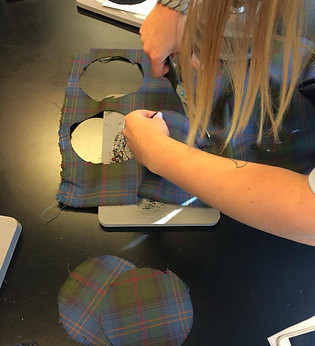
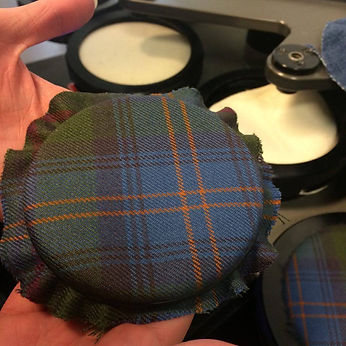
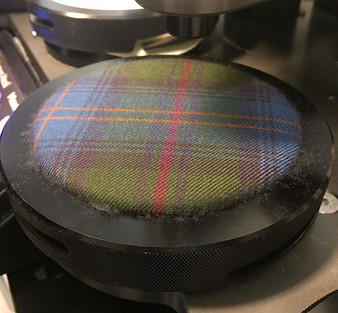
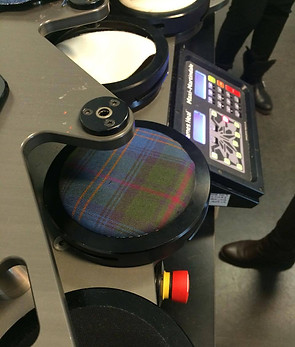

And this is how our fabric and wool threads look under the microscope.
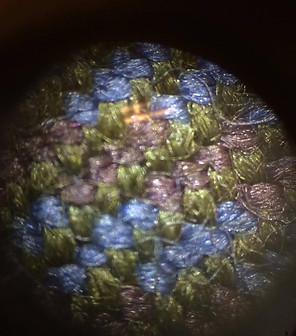
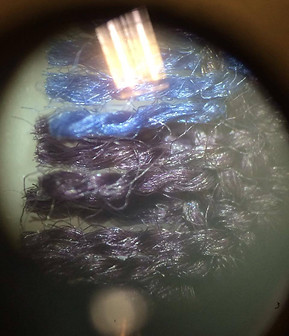
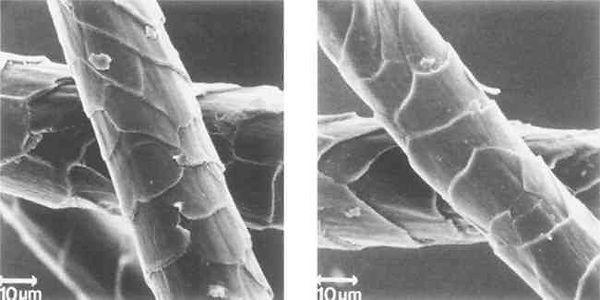
As You can see, wool fibers are covered with scales. This is the easely way You can see that's 100% natural and comes form animals, because only fur type fibers are covered with scales.
And after all these tests we finally had the info to make a care label for our skirt. We did it based on our fiber study, we according to Danish legislation.
*We described our new skirt design on our web shop and we used metaphors in this description*

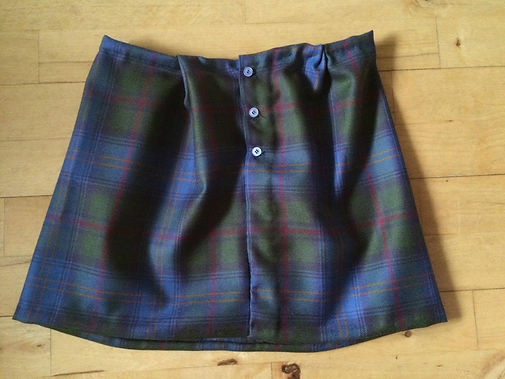
Well, I think this is it for now. Hope You enjoyed our little article.
Wishing You all the best.
With love,
Four buzzers